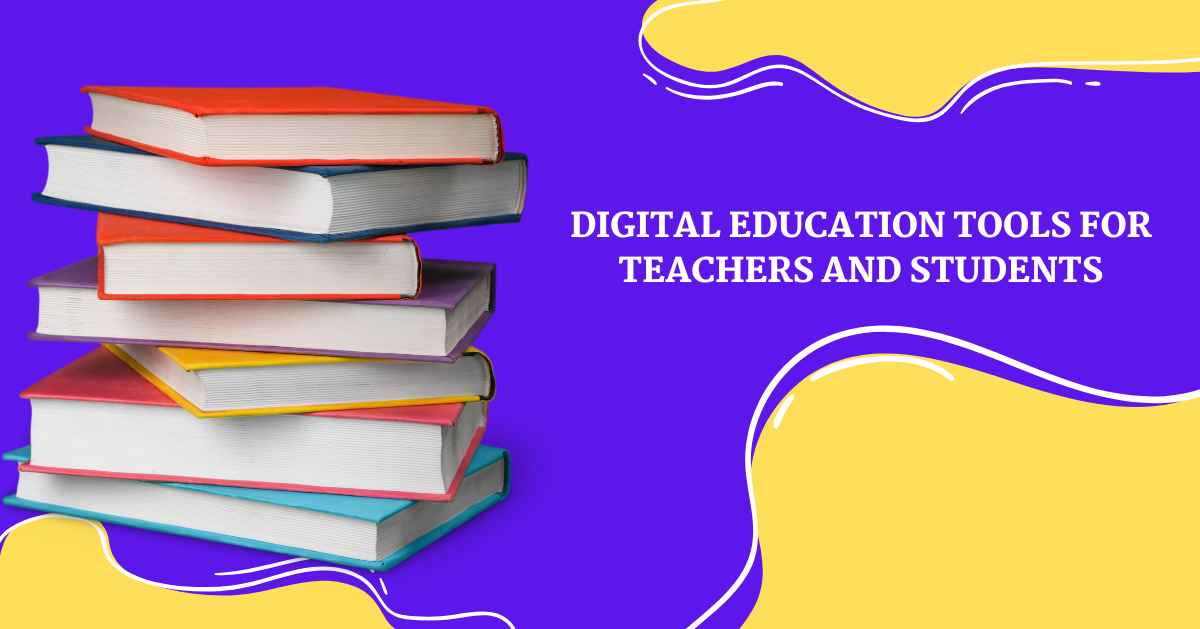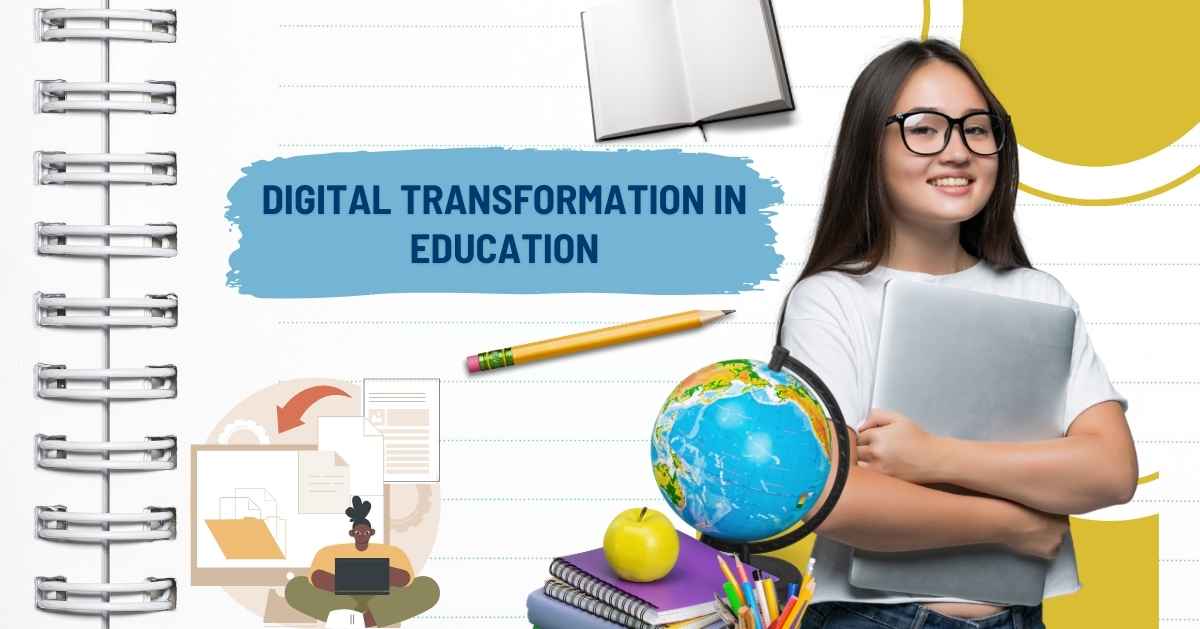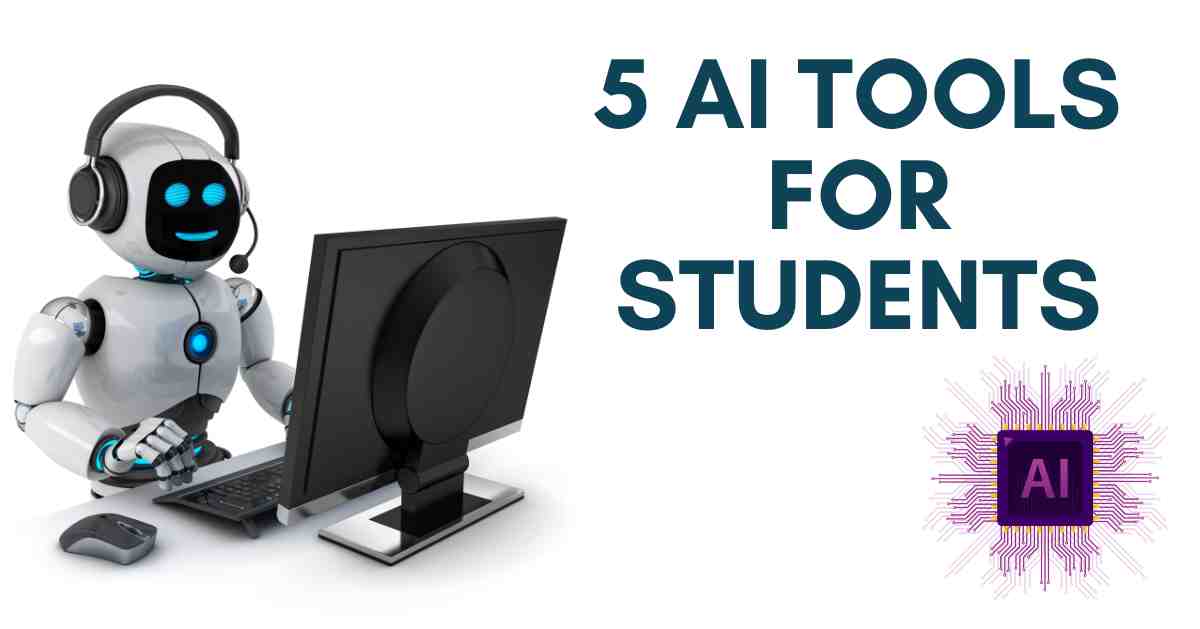Improve Online Teaching: Strategies for Success

Improve Online teaching has become an essential part of education. Some strategies can help educators engage students and improve learning outcomes.
1. Utilize Interactive Tools
Engaging activities such as quizzes, surveys, and online discussions help maintain student interest. Online platforms like Zoom, Google Classroom, and Microsoft Teams provide a range of features to enhance the learning experience.
2. Incorporate Multimedia
Using videos, infographics, and podcasts can enhance the learning experience. Visual materials aid students in grasping subjects easily. Platforms such as Canva and Powtoon offer assistance in crafting content.
3. Foster Communication
Foster a culture of dialogue between students and educators. Scheduled catch-ups, feedback exchanges, and online office hours can give students the support they need. Utilizing platforms such as Slack or Discord can enhance communication channels.
4. Provide Clear Instructions
Effective guidance is essential for education. It’s important to divide tasks into steps and communicate in a manner that is appropriate for each task. Offering illustrations and models can also aid students in grasping the requirements.
5. Encourage Collaboration
Working together on projects and engaging in group activities can improve the learning experience. Platforms such as Google Docs and Trello enable students to collaborate, fostering teamwork skills and creating an interactive learning environment.
[Read More: Top Digital Education Tools for Teachers and Students]
6. Offer Flexible Learning Options
Online education provides the flexibility to accommodate learning preferences. Pre-recorded lessons, downloadable materials, and self-paced tasks empower students to study. This adaptability has the potential to enhance student involvement and memory retention.
7. Use Data to Drive Improvement
Studying information gathered from platforms can offer perspectives on how well students are doing and engaging. Utilizing tools such as Google Analytics and learning management systems (LMS) can aid in monitoring advancements and pinpointing areas that need enhancement.
8. Provide Regular Feedback
Providing feedback helpfully is essential for students to improve. Utilize rubrics and grading instruments to offer practical feedback. Encouraging students to assess their work and receive peer feedback can also be advantageous.
9. Promote a Positive Learning Environment
Fostering a supportive virtual classroom environment is crucial. Promote respect and teamwork while considering the educational requirements of all students. Recognizing accomplishments and offering assistance can uplift spirits and drive enthusiasm.
10. Continuously Develop Skills
Engaging in teaching necessitates learning and adjustment. Take part in growth opportunities. Keep current with the newest educational technologies and effective methods. Connecting with educators can also offer perspectives.
[Read More: Types of Educational Content and Effective Teaching]
Utilize a Variety of Technology Options for Online Teaching
Using a variety of tools can greatly improve the quality of teaching. Let’s explore how teachers can use technologies to boost student participation and academic performance.
1. Video Conferencing Tools
Virtual meeting platforms like Zoom, Google Meet, and Microsoft Teams allow users to interact. They facilitate real-time communication for activities like classes, virtual office meetings, and group conversations in rooms. Important functionalities offered by these tools include the ability to share screens, use whiteboards, and record sessions for review.
2. Learning Management Systems (LMS)
Platforms such as Canvas, Blackboard, and Moodle offer a hub for managing courses. Learning Management Systems (LMSs) help arrange course content, submit assignments, grade, and monitor student advancement. They also enable the integration of discussion forums and communication tools.
3. Interactive Presentation Software
Nearpod, Pear Deck, and Prezi are tools for creating interactive and captivating presentations. Teachers can use these platforms to incorporate quizzes, polls, and group activities into their slides, enhancing their lessons’ dynamism and interactivity.
4. Collaborative Platforms
Google Workspace, including Docs, Sheets, Slides, and Microsoft 365 with Word, Excel, and PowerPoint, allows people to work together simultaneously on documents, spreadsheets, and presentations. These platforms are crucial for project teamwork and collaborative learning through peer reviews.
5. Assessment and Feedback Tools
Teachers can design engaging quizzes and tests with platforms like Kahoot! Quizizz and Socrative. These resources offer feedback, allowing students to track their performance and identify areas for growth. Additionally, rubrics and automated grading systems simplify the assessment procedure.
6. Content Creation Tools
Teachers can easily use Canva, Powtoon, and Adobe Spark to create engaging materials and designs. They can produce infographics, animations, and videos to enhance teaching methods and accommodate visually learning students.
7. Communication Platforms
Slack, Discord, and Remind help students stay in touch beyond class hours. They allow for text, voice, and video chats, which make it easy for students to seek help working together on assignments and keep in touch with classmates and teachers.
8. Virtual Labs and Simulations
Labster and PhET Interactive Simulations are tools that offer laboratory experiences and simulations. They are particularly beneficial for science and engineering classes, providing students with learning opportunities in a specific setting.
9. Accessibility Tools
By utilizing resources such as screen readers and closed translation services, we can ensure that online education is available to every student. Tools like Otter.ai and Google Translate are valuable in assisting students with requirements and cultural backgrounds.
10. Data Analytics Tools
Teachers can monitor how involved, active, and successful students are using instruments integrated into learning management systems (LMS) or independent tools such as Google Analytics. Examining this information assists in customizing teaching methods to suit students’ requirements and enhancing the effectiveness of the course.
Conclusion
Improving online teaching: Utilizing resources, effective communication, adaptable learning methods, and ongoing enhancements can help teachers improve the quality of their students’ education.
FAQs
A: Use interactive tools, clear instructions, and multimedia to foster communication and collaboration.
A: Engaging content, interactive activities, regular feedback, and accessible learning options.
A: Combining live sessions with recorded materials and interactive activities.
A: Incorporate multimedia, use data to drive improvement, and provide flexible learning options.
A: It offers flexibility, access to diverse resources, and the ability to reach a wider audience.






